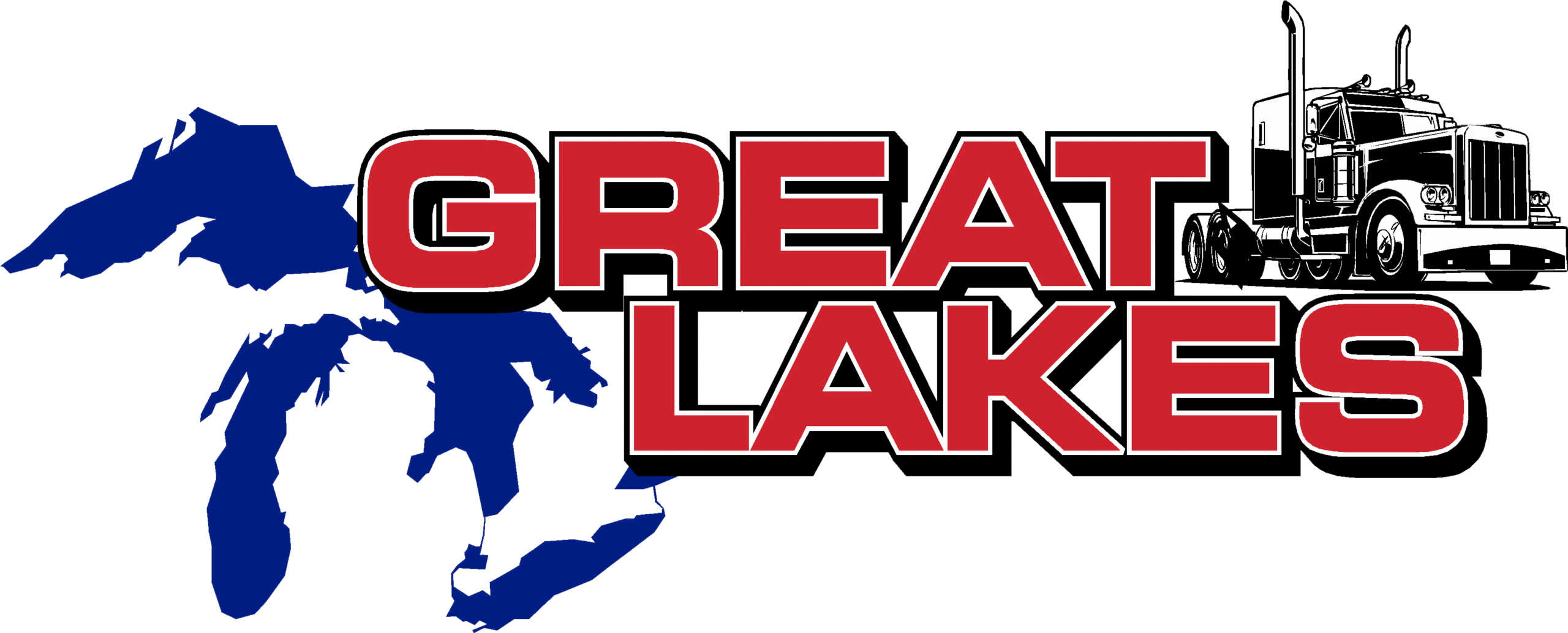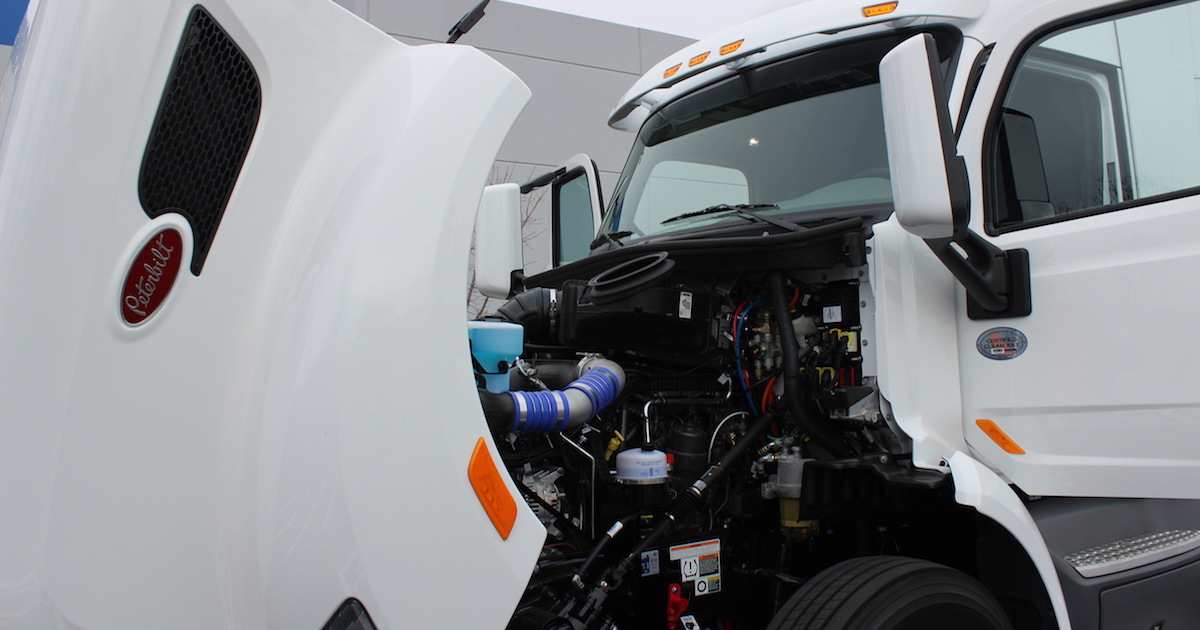A proper pre-trip inspection keeps you legal and safe. In Ontario, commercial vehicles must follow the Schedule 1 Daily Inspection requirements under the Highway Traffic Act (Reg. 199/07). The inspection looks for safety-related defects before you operate the vehicle.
What the law requires
- Perform a daily inspection once every 24 hours and before driving the vehicle.
- Carry Schedule 1 and a completed inspection report in the cab for the current day.
- Record any defects and report them to the carrier.
- Major defect → vehicle is out of service until repaired.
- Minor defect → record and report; repair as soon as practicable.
- Keep reports on file (carrier responsibility).
What you’re checking (high-level)
- Brakes and air system
- Steering
- Suspension
- Tires, wheels, hubs
- Lights and electrical
- Coupling devices (fifth wheel, pintle, safety chains)
- Frame and body
- Fuel and exhaust systems
- Cargo securement / trailer body and doors
- Driver controls and in-cab safety equipment (seat belt, horn, defroster, wipers, mirrors)
- Emergency equipment (triangles, extinguisher, spare fuses)
Step-by-step routine (practical sequence)
1) In-cab and brake checks
- Seat belt, horn, heater/defroster, mirrors, windshield and wipers/washer.
- Turn on all lights and 4-way flashers for the walk-around.
- Air brake system: air build-up, governor cut-in/cut-out, low-air warning, spring-brake activation, applied/ static leak tests, park brake holds, service brake test.
2) Engine compartment
- Check levels: engine oil level, coolant, power steering fluid, washer fluid.
- Belts/hoses/wiring secure; no leaks; engine mounts secure.
- Look under the vehicle for fresh leaks.
3) Front exterior
- Headlamps high/low, turn signals, clearance/ID lamps, reflectors.
- Bumper, grille, hood latches secure.
4) Axles, tires, wheels, brakes, suspension
- Tires: inflation, sidewall condition, tread depth; no contact between duals.
- Wheels/rims: no cracks; lug nuts all present and tight; hub oil seals not leaking.
- Brakes: hoses/lines not leaking or chafed; chambers secure; slack adjusters travel within spec; drums/rotors/linings visible where appropriate.
- Suspension: springs, U-bolts, hangers, airbags and shocks intact; no broken or shifted components.
5) Coupling area (tractor-trailer or drawbar)
- Fifth wheel securely mounted; no cracks or missing fasteners.
- Locking jaws closed on kingpin, release handle in. No gap between fifth-wheel and trailer apron; skid plate greased.
- Electrical pigtail and air lines properly connected, not chafed; glad-hand seals good.
- Landing gear raised and handles secured; safety latches/pins in place.
- For pintle/drawbar: pintle locked; safety chains and breakaway cable attached and crossed.
6) Trailer / body / cargo securement
- Trailer lights and ABS lamp, reflectors, DOT tape.
- Doors, hinges and latches secure; roof/sidewalls/floor sound.
- Cargo secured to NSC Standard 10; tarps/straps/blocks in good condition.
- For reefers: unit mounted securely; fuel level adequate; no leaks.
7) Safety equipment and documents
- Fire extinguisher charged and secured; warning triangles present; spare fuses if required.
- Registration, insurance, CVOR, permits and daily inspection report on board.
Recording your daily inspection
Your report should include: date/time, unit number and plate/VIN, odometer, location of inspection, driver name and signature, defects found (yes/no) with descriptions, and confirmation that defects were reported/repaired. Keep the report available in the cab for the current day.




